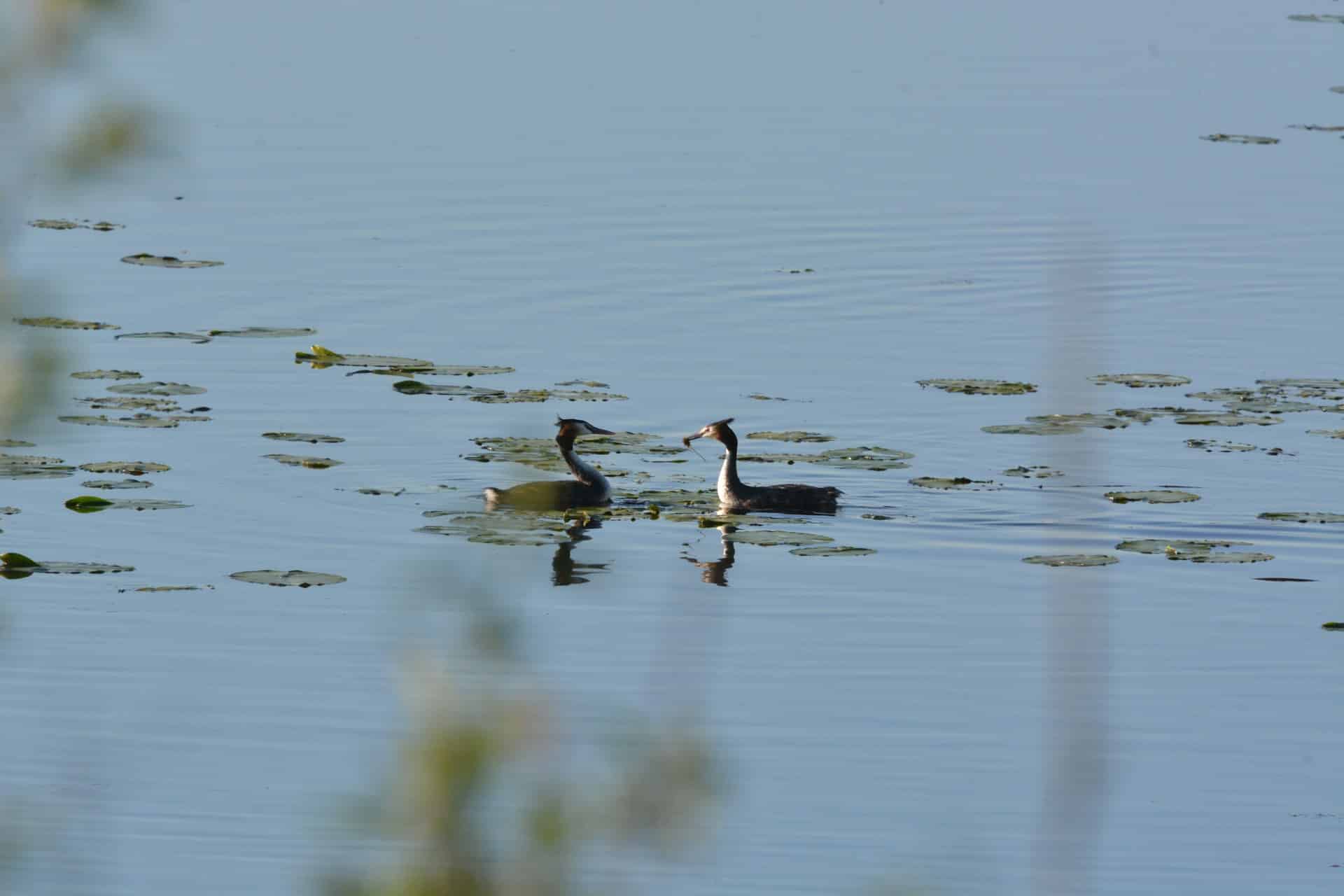What specific gear should you pack for birdwatching in the Scottish Highlands during winter?

Birdwatching is an activity that transcends seasons. It offers a unique opportunity for nature lovers to witness a variety of bird species in their natural habitats. The Scottish Highlands, renowned for its dramatic landscapes and diverse birdlife, is a popular destination for birdwatchers all around the world. However, embarking on this adventure during winter requires special preparation, particularly when it comes to gear. This guide intends to provide you with comprehensive advice on the specific gear required for a winter birdwatching trip in the Scottish Highlands.
1. Protective Clothing
Your first consideration should be appropriate clothing. The unpredictable Scottish weather becomes even more challenging during winter. It's essential to protect yourselves from the cold, rain, and possibly snow.
Avez-vous vu cela : How to participate in a guided ghost tour of Edinburgh’s Old Town?
Invest in thermal layers. Begin with thermal underwear, followed by insulating layers like fleece, and finally, a waterproof and windproof outer layer. This layering system is designed to trap heat and keep you warm, while also allowing for flexibility when the weather changes.
You will also need waterproof trousers, thermal socks, and sturdy waterproof boots. A good pair of gloves and a warm hat that covers your ears are non-negotiable. Don't forget a high-quality scarf to protect your neck.
Dans le meme genre : What are the best options for vegan dining in Bath?
Lastly, consider a camouflage coverall. Not only does it provide an additional layer of warmth, but it also helps blend in with the environment, thus not disturbing the birds.
2. Essential Equipment
A successful birdwatching trip also necessitates a wide assortment of equipment. The most critical being a pair of binoculars. Opt for ones with high magnification and light-gathering capacity to ensure clear views in the low-light conditions of the Scottish winter. These characteristics make it easier to spot and identify birds from a considerable distance.
A spotting scope with a sturdy tripod can also be useful for long-range observation, especially around the vast lochs of the Highlands. A field guide to birds of Scotland is also a must-have to help identify the numerous species you'll encounter.
Remember to bring a notepad and pen for making notes or sketching. A camera with a good zoom lens is also indispensable for capturing stunning photos of your feathery finds.
3. Survival Tools
The rugged terrain of the Scottish Highlands and the harsh winter weather can often pose unexpected challenges. Hence, packing survival tools is of utmost importance.
A reliable compass and a detailed map of the area are invaluable, especially if you plan to venture off the beaten path. Even with the advent of GPS, these traditional navigation tools can prove to be lifesavers in case of technology failure.
A multi-tool with a knife, a whistle, a fully charged mobile phone, and a power bank are other essential items to pack. Add a headlamp with extra batteries for those early morning or late evening birdwatching sessions.
4. Camping Gear
If your birdwatching adventure involves camping in the Cairngorms National Park or any of the other great camping spots around the Highlands, certain camping gear is crucial.
A four-season tent is your best bet against the winter weather. Ensure it is sturdy and can withstand heavy winds. Opt for a winter-rated sleeping bag and an insulated sleeping pad for warmth during the freezing nights.
A camping stove and fuel, as well as some easy-to-cook meals, are necessary for your sustenance. Don't forget a thermos to keep your beverages hot, an essential comfort during the chilly weather.
Ensure to pack a first-aid kit with basic medication, bandages, antiseptic wipes, and any personal medication. Include a survival blanket as a part of your first-aid kit as it could prove to be a lifesaver in case of emergencies.
5. Respect for Nature
While not a gear, an inherent respect for nature and the environment is a significant part of any eco-activity like birdwatching. The Scottish Highlands is a bastion of bio-diversity and needs to be treated with care.
Ensure that you follow the 'leave no trace' principle, which means carrying back all the waste you create. Use eco-friendly products as much as possible, and avoid disturbing the natural habitats of the birds and other wildlife. Your birdwatching trip should be a harmonious blend of excitement, exploration, and respect for the natural world.
6. Exploring Specific Sites
While the entire Scottish Highlands offers a myriad of birdwatching opportunities, some locales stand out for their unique bird species and breathtaking landscapes. Do not miss these sites, but remember to prepare accordingly.
Isle Skye is a must-visit, known for its dramatic cliffs, picturesque landscapes, and diverse birdlife. Here, you may spot the iconic Golden Eagle or the elusive Sea Eagle. Carry your binoculars and a field guide at all times. Layered clothing serves you well here to combat the unpredictable weather conditions.
Cairngorms National Park is another gem, home to rare bird species such as the Ptarmigan, Golden Eagle, and the Scottish Crossbill. If you plan to camp here, as part of your wild camping experience, ensure your gear includes a sturdy four-season tent and a winter-rated sleeping bag. Remember, courtesy is key. Respect the park rules and maintain cleanliness to preserve its rich biodiversity.
Loch Ness and Fort William offer great birdwatching opportunities too. The former, famous for its mythical monster, is an excellent site to spot the Great Northern Diver and the Red-throated Diver. The latter, nestled at the foot of the UK's tallest peak, Ben Nevis, is a haven for birdwatchers with species like the Mountain Blackbird and the Golden Eagle. Here, survival tools like a compass and a detailed map come in handy, especially if you plan to explore beyond the national trail.
7. Planning and Safety Tips
Safety is paramount while birdwatching in the Scottish Highlands, especially during winter. Do remember a few crucial tips to ensure an enjoyable and safe experience.
Firstly, planning is key. Keep track of the weather forecast, and prepare your gear accordingly. Take expert advice from experienced birdwatchers like Cindy Ambrosio or John Ianacone, or join naturalist journeys that offer guided tours with experienced guides. Their expertise can make your trip more enriching and safer.
Next, always inform someone about your birdwatching itinerary. In case of any unexpected incidents, it ensures that help can be sought promptly. Regular check-ins with a friend or family member using your cell phone is recommended.
Lastly, if you are staying at local accommodations like the Mountview Hotel, inform the staff about your planned outdoor activities. They can provide valuable advice about local conditions or emergency procedures.
Conclusion
Birdwatching in the Scottish Highlands during winter is an experience like no other. From the rugged landscapes of the Isle Skye to the snowy peaks around Fort William, from the vast expanse of the Cairngorms National Park to the mysterious depths of Loch Ness, the Highlands offer an unparalleled adventure.
Although the weather conditions can be challenging, with the right gear, adequate preparation, and utmost respect for nature, this birdwatching trip can become a memorable journey. Whether you're a seasoned naturalist or a newbie, you're bound to leave with a deeper appreciation of nature and some astounding bird sightings to remember.
So, gear up, plan well, and embark on your winter birdwatching expedition. Remember, in the words of Marlo Kauffman, "In every walk with nature, one receives far more than he seeks." The Scottish Highlands is waiting to reveal its winter secrets to you.
